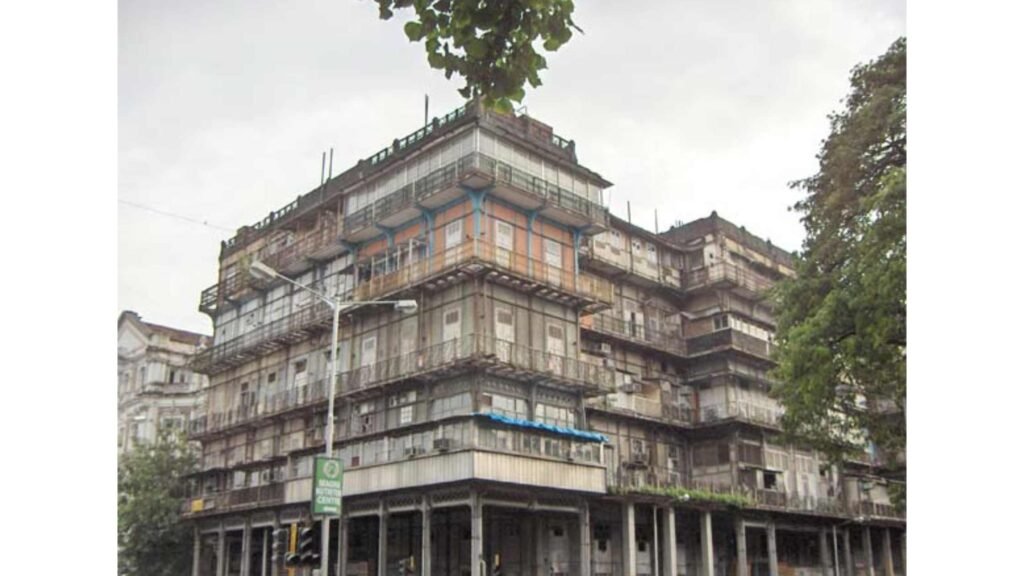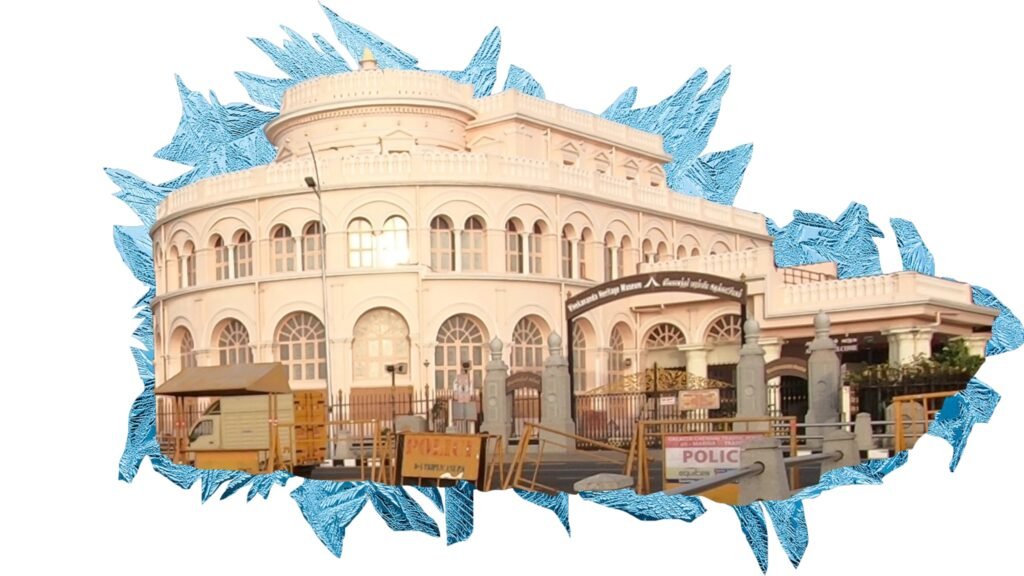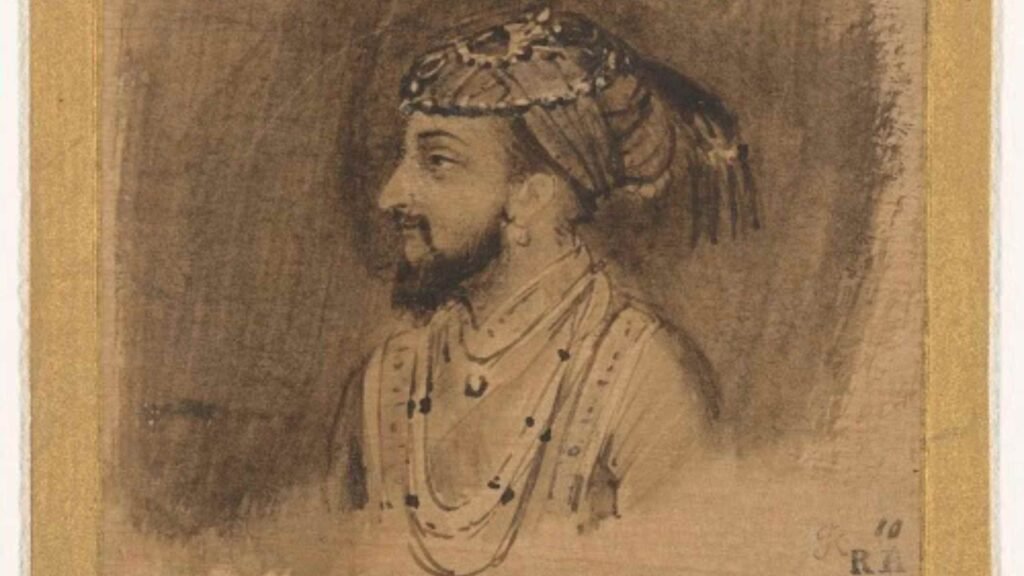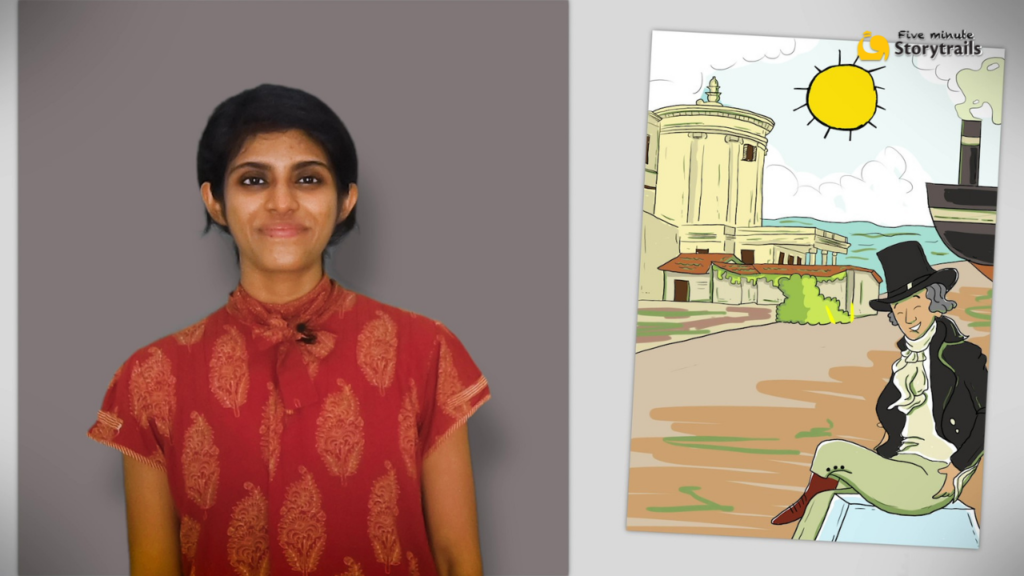In the mid 19th century, Bombay was in the process of developing into a financial and cultural hub, especially because of its thriving cotton trade. John Watson (no, not the one from Sherlock Holmes!), an English businessman, decided that the city was in dire need of a luxury resort. And so, he introduced to the world the Watson’s Hotel. The hotel had everything – bars, restaurants, ball rooms and electric lighting – all as early as 1863. And the British came flocking in to socialise, celebrate and unwind.

The grand hotel attracted people from all over the world. Its famous guests included the British explorer and writer Sir Richard Francis Burton in 1876 and the king of Hawaii in 1881.
In 1895, an American writer and humorist arrived in India. The main reason for his visit, however, was not to check out this grand hotel, but to pay off his debts. He had earned heaps of money from the success of his books, but had lost it all because of poor financial management and investments. He was hoping to earn money through lectures and book readings in India and other places.
That man was none other than Samuel Langhorne Clemens, more famously known as Mark Twain, the celebrated author of The Adventures of Huckleberry Finn and The Adventures of Tom Sawyer. Twain was almost 60 at the time, and he was accompanied by his wife and daughter on the visit.
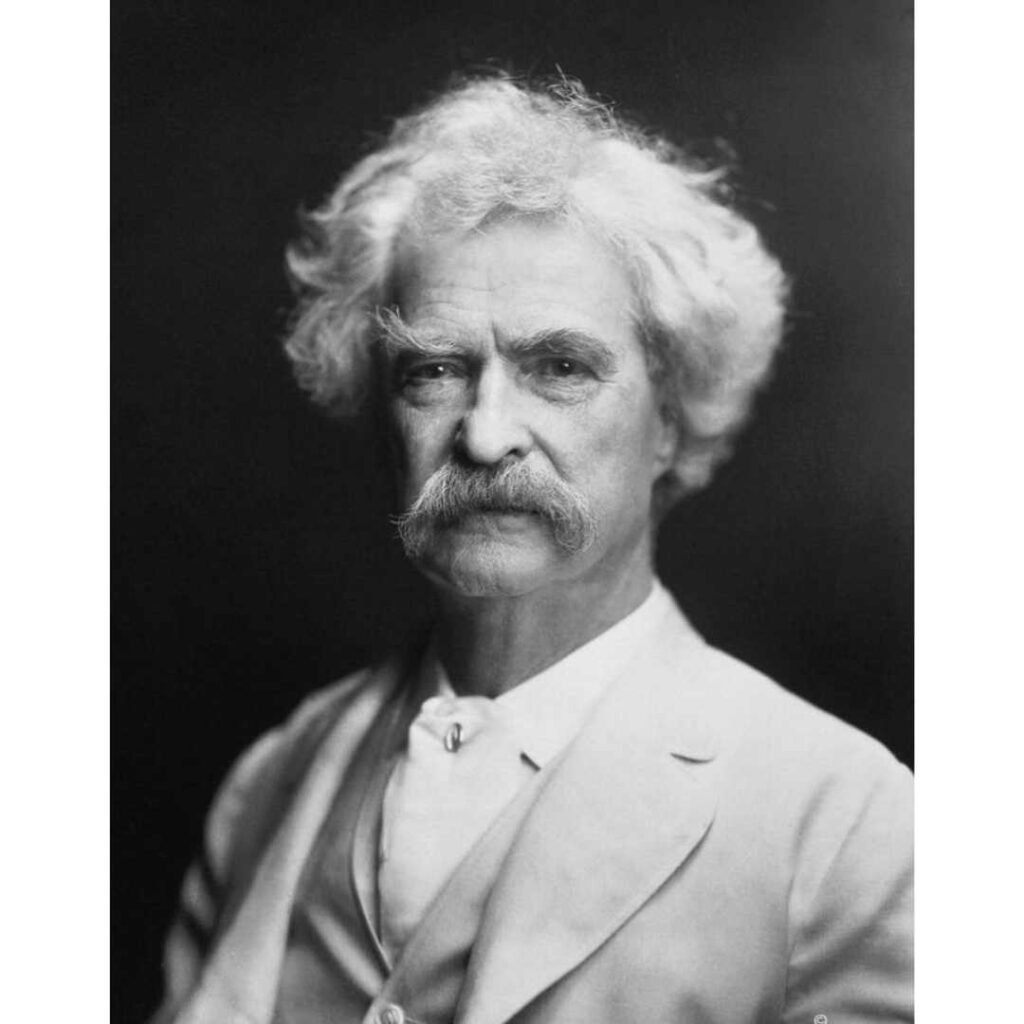
When Twain reached Bombay (he later wrote that he found it “bewildering” and “enchanting”) and the question of where he would stay during his time there arose, there was but one answer: Watson’s. And it was in the room that he stayed in that he got acquainted with the Indian crow, which he referred to as the “Bird of Birds.” He wrote a piquant feature on the crow in his travelogue, Following the Equator: A Journey Around the World. Here’s an excerpt:
“If I sat on one end of the balcony, the crows would gather on the railing at the other end and talk about me; and edge closer, little by little, till I could almost reach them; and they would sit there, in the most unabashed way, and talk about my clothes, and my hair, and my complexion, and probable character and vocation and politics, and how I came to be in India, and what I had been doing, and how many days I had got for it, and how I had happened to go unhanged so long, and when would it probably come off, and might there be more of my sort where I came from, and when would they be hanged, and so on, and so on, until I could not longer endure the embarrassment of it; then I would shoo them away, and they would circle around in the air a little while, laughing and deriding and mocking, and presently settle on the rail and do it all over again.”
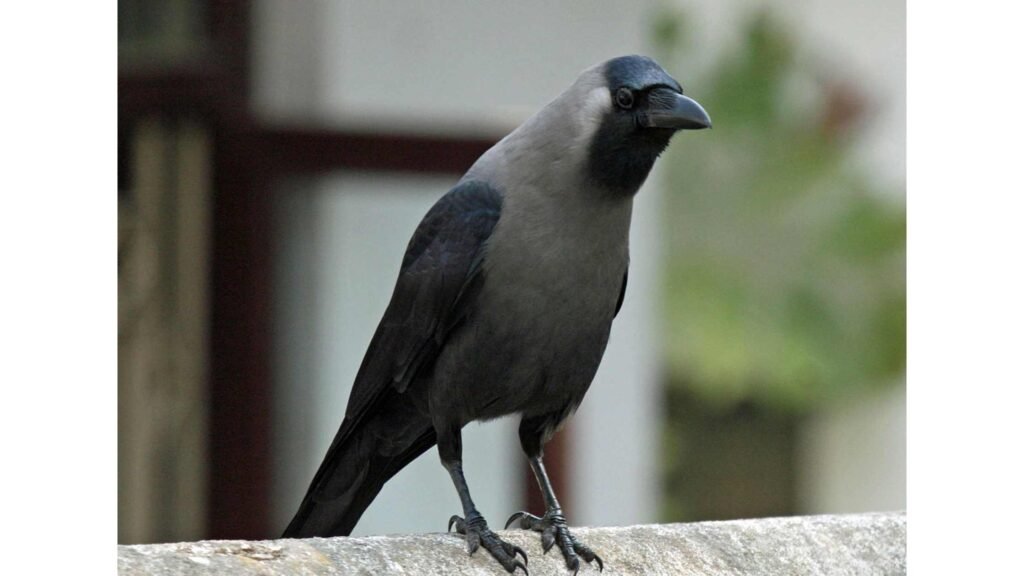
If you go out onto your balcony, your terrace, or simply onto the street and observe these creatures, you might find yourself agreeing with all of his sharp observations. Who else but Mark Twain could take the common crow we see every day and elevate it to a personality with such intriguing facets?
Twain’s two-month-long trip in India included visits to over 16 towns and cities, leading him to come to a certain conclusion: India was the most interesting country on the planet! India, he said, was the “land of dreams and romance”, yet also a “land of fabulous wealth and fabulous poverty, of splendor and rags, of palaces and hovels…” Twain’s time here was well spent, filled with lectures, book readings and performances.
And what of his Bombay home – Watson’s? The hotel began to see duller days after 1896. Bombay was struck with the bubonic plague epidemic around the month of September in 1896, which led to thousands of deaths.
After that, the city’s and the hotel’s fortunes declined. Additionally, the hotel’s largely “only whites” policy didn’t do it any favours. And when the industrialist Jamsetji Tata commissioned the magnificent Taj Mahal Palace, Watson’s lost its visitors to the newer, more lavish hotel. Watson’s eventually closed down in the 1960s.
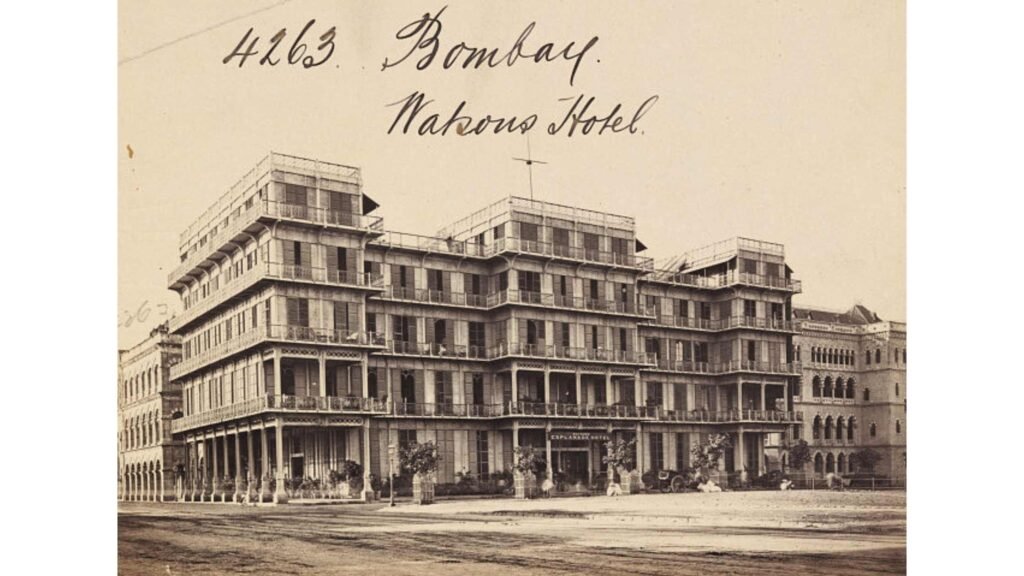
Today, Watson’s is referred to as the Esplanade Mansion. It is said to be the oldest surviving cast-iron structure in the country. But this 153-year-old building is in a precarious condition, waiting to be torn down, or fall down, whichever happens first. Many passersby whiz past the building, unaware of the legacy the old structure holds and the stories around the many glittering personalities it hosted in its heyday.
